When people think of Peru, Machu Picchu usually steals the spotlight, but there’s so much more waiting to be explored. From ancient ruins to old cities and jungle adventures, the tourist attractions in Peru are incredibly diverse. You’ll find a mix of history, culture, jaw-dropping landscapes, mouthwatering food, and some of the warmest people you’ll ever meet.
Here we’ll share with you some of the best places to visit in Peru, a country that was once the heart of the mighty Inca Empire and even older civilizations, where influences from across the world continue to leave their mark today. Let’s dive in!
Best tourist attractions in Lima and the Peruvian Coast
1. Lima’s Historical Center
One of the best attractions in Lima is undoubtedly its historic center. Walking through its ancient streets, visiting its churches and colonial buildings, transports you back in time to the era when Lima was the center of the Viceroyalty of Peru.
Founded in 1535 by the Spanish conquistador Francisco Pizarro, Lima was the most important city in Spanish South America for more than three centuries. Its historical importance and preservation led it to be declared a UNESCO World Heritage Site.
During your tour you can visit: The Plaza de Armas, which has been the epicenter of Lima life since its foundation, and the Basilica Cathedral of Lima, which houses the tomb of Francisco Pizarro. There is also the Government Palace, the Archbishop's Palace, the Municipal Palace, the San Francisco Monastery (famous for its catacombs and historic library), and the Torre Tagle Palace.
2. Caral Sacred Citadel
North of Lima, in the valley of Supe, province of Barranca, is Caral, known as “The oldest civilization of America”, with an antiquity of more than 5 thousand years. This city, declared a World Heritage Site by UNESCO in 2009, developed almost simultaneously with the great civilizations of the old world: Mesopotamia, Egypt, India and China.
The Caral based their economy on agriculture and fishing, pillars that drove the development of this advanced society. They were pioneers in scientific and technological knowledge that influenced neighboring cultures, becoming a model of sustainable civilization.
Caral was a city of peace, a distinctive feature evidenced by the absence of walls or weapons. Instead of conflict, they practiced barter, exchanging resources, goods and knowledge with populations from the highlands and jungle.
⏭️Read more: Best things to do in Lima, Peru
3. Nazca Lines: Mysteries in the Desert
If there is any mystery in our world, these lines in the desert located between the Peruvian towns of Palpa and Nazca or Nasca have given rise to much talk, conjecture, and speculation. The truth is that they are there, and no one is surprised by them, even if they have only seen them on a television program.
Despite the aridity of that area, the culture was established there approximately between 200 BC and 600 AD. It is impossible not to wonder how they managed to make these large and precise geoglyphs, which can only be appreciated in all their dimensions at high altitudes.
They represent geometric figures, animals, and humans. For what purpose or purposes did they make them? Who or who did they want to show them to or communicate something to? Of course, for many writers and preachers about the presence of extraterrestrials on our planet, it has been the perfect topic to give free rein to their theories.
In any case, getting to know them is another of the most exciting sightseeing places in Peru. You only have to check out what is offered to get to them and be another witness to these mysterious messages in one of the most arid deserts in the world.
⏭️Read more: Nazca Lines Mysteries in Peru
4. Paracas and the Ballestas Islands
In the department of Ica, 250 kilometers from Lima, you can visit the Paracas National Reserve, and from there, you can sail to the Ballestas Islands. It is incredible how, in the face of the immensity of the deep blue sea, there is a desert area to which both species of flora and fauna have adapted in complete harmony.
The Ballestas Islands are often compared to the Galapagos Islands of Ecuador, but it is optional to compare them since each has its attraction, ecosystem, and charm.
In strict legal terms, these islands, the Ballestas, are not part of the Paracas National Reserve, but they are equally fully protected. The country's environmental legislation does not allow visitors to disembark on them. Tours in any type of boat go around them, allowing you to observe their caves, arches, and numerous and intense wildlife.
5. Huanchaco Beach in Trujillo: Surf and reed boats
Huanchaco is one of the most beautiful beaches in the city of Trujillo. Its waters are known for their perfect waves, which make it a paradise for surf lovers. On this beach the waves are surfed by traditional caballitos de totora, ancient reed boats that preserve a 3,000-year-old fishing tradition.
At the top of the beach is the impressive Virgen del Socorro Church, a colonial church that is the second oldest in Peru.
6. Chan Chan: The Largest Adobe City in the Americas
In a part of the coastal desert of Peru, the Chimú culture flourished between 800 and 1475 years of the Christian era. There, they built their capital city, Chan Chan, buildings that were all built with mud.
Just a few hours from Trujillo, this city of pre-Incan culture has been estimated to have been inhabited by up to 60,000 people. It is even said that, at one time, it was the wealthiest city on the Pacific coast of South America. Being there means being able to observe and admire the architecture of that culture, which is almost unknown to many people. Fortunately, some remains have remained that are sufficient to verify everything they did, both in quantity and quality.
This is not only because of its revealing archaeological remains but also because of what is known about the Chimu culture in terms of its agricultural techniques and very particular engineering applied to various activities for production and the economy. Suppose you want to experience the splendor of Peru's pre-Incan culture. In that case, you only have to plan a visit to this cultural heritage of Humanity, which is of great historical value.
Best Attractions in Cusco
1. Cusco City: The capital of the Inca Empire
Cusco, declared a World Heritage Site by UNESCO in 1993, is located at 3,400 meters above sea level in the heart of the Andes mountain range. Some records indicate that it was inhabited three thousand years ago. It is considered the historical capital of Peru because it was the capital of the extensive Inca Empire. Some legends say that it was founded by its first governor and almost mythical character, Manco Capac.
It is one of the cities with the most tourist destinations in Peru and is the starting point to reach Machu Picchu. Some ceremonial centers and Inca temples stand out, as do others of imposing majesty corresponding to the Spanish architecture of the colonial period.
When visiting Peru, Cusco must be one of your favorite destinations because of its history, traditions, and, of course, its famous and seductive gastronomy.
⏭️Read more: Complete Guide to Cusco, Peru
2. Machu Picchu: The lost Inca Citadel
The majestic Machu Picchu is the most visited place by both national and international tourists and remains Peru’s most popular tourist attraction. This citadel, built more than 2,000 meters high, impresses for many reasons.
Machu Picchu, which in the Quechua language means Old Peak or Old Mountain, was built by the Incas in the mid-15th century and is made up of about 150 buildings such as houses, baths, sanctuaries and temples. Its hundred flights of stone stairs are impressive.
The surroundings of what was long known as the lost citadel also served on its slopes for agriculture. Its surroundings are impressive in themselves, and when you visit it, you will not fail to be amazed by this construction on such a difficult terrain and the technique that was used to make it.
3. Sacred Valley of the Incas: Beauty and history
This valley, sacred to the Incas, is in the province of Urubamba in the department of Cusco. It is just fifteen minutes from the city of the same name. You can get there by train or by road from this city. Its sacredness is mainly because this valley was and still is a great agricultural producer. In the days of the glorious Inca Empire, corn or choclo, olluco, potatoes, quinoa, and, for these people, the sacred coca leaf were grown.
The Sacred Valley was in this area of great agricultural production that the Incas built their main cities and temples. That is why it is one of the most attractive and impressive routes to finally reach Machu Picchu. During your tour, you will be able to see and learn about the extraordinary pre-Hispanic culture of South America and how, with the Spanish conquest, it became the very important Viceroyalty of Peru.
⏭️Read more: Explore Cusco Like a Pro
Best Attractions in Huaraz, Puno and Arequipa
1. Huaraz and the Cordillera Blanca: Paradise for mountaineers
If you’re looking for top attractions in Peru, this spot should be high on your list. The Peruvian Andes are almost 1,500 kilometers long, of which 200 of them are a well-known part of this mountain range. We are referring to the Cordillera Blanca, northeast of Lima. It is lovely for mountaineers and climbers because of the challenge of climbing it. It is an immense massif of snow, ice, and granite, on whose slopes there are almost three hundred lakes
If you want to see it, even if it's just to see it, some reliable transport companies in Lima can take you on the eight-hour trip to Huaraz.
All the expeditions to the Cordillera Huayhuash and the Cordillera Blanca depart from there. There is an airline that has daily flights to Huaraz that last one hour. If you take one of these flights, you will be able to see the impressive landscapes of this sector of the Peruvian Andes. There are also many hiking tours, even if you don’t have much experience.
⏭️Read more: Top 7 Trekking Routes in Peru
2. Lake Titicaca: The highest navigable lake in the world
Although it may seem incredible, this is the highest navigable lake in the world at 3,880 meters above sea level and with an area of 8,370 square kilometers. It is located in Puno, southeast of Peru, and shared with Bolivia. According to some researchers of the language and culture of the area, Titicaca means “rock of the sun” in Quechua and Puquina.
The climatic and geological changes that it has experienced for several millennia have made its waters and extreme surroundings ideal habitats for some species of birds and fish. The native genera of Titicaca include the popularly called hair catfish, the stone catfish, and the orchestras. It is also home to birds such as ducks, flamingos, chokes, tikichos, and grebes.
Visiting Lake Titicaca is a sensory spectacle and a way to learn more about some of the area's ethnic communities, which survive in the climatic and topographic conditions of the Andean plateau.
⏭️Read more: Discover the magic of the Floating Islands of Peru
3. Yanahuara Viewpoint: The window of Arequipa
The Yanahuara viewpoint is one of the most visited tourist attractions in the white city of Arequipa. From this point, visitors can enjoy breathtaking views of three snow-capped mountains: Chachani, Pichu Picchu and Misti.
It was built in the 19th century during a process of beautification of the city. Its architecture stands out for its sillar arches, the emblematic white volcanic stone that characterizes Arequipa. This viewpoint has 9 arches in each one are engraved famous phrases of outstanding thinkers arequipeños, such as: “Arequipa, the land of free united at the foot of a volcano: you live free and happy when you prefer to be free to your bread”.
4. The Colca Canyon: Nature and Condors
In the south of Peru is Arequipa, where you can see one of the deepest canyons in the world, 3,720 meters from its summit to the river that meanders at the bottom, the Colca. Apart from its natural beauty, the area's communities still cultivate pre-Incan agricultural terraces. One of the wonders you can see from the top of the canyon is the early and high-altitude flight of the condors, those powerful and large emblematic birds of the Andes.
A visit to Colca Canyon is an excellent opportunity for hiking, adventure tourism, and other exciting and memorable experiences once you have experienced it intensely. Various travel agencies offer different options for visiting it. You can stay for one or more days from Arequipa, just 100 kilometers away, depending on what is within your reach and at your disposal. You also have the option of making the journey by bus or rental vehicle, but it is difficult due to the mountainous terrain.
Best tourist destinations in the Peruvian Jungle
Like other neighboring countries, the Amazon region of Peru is a true showcase of biodiversity. Its landscapes dazzle with mighty rivers, lush forests, and a very varied endemic fauna. One of its great attractions is the direct contact with the indigenous communities that inhabit it, from which you will be able to appreciate their practical and even sacred relationship with this complex, fascinating, and intricate environment.
Several tourism companies offer an unforgettable experience. You will receive personalized and exclusive attention from guides who will create itineraries adapted to your expectations and needs. You will experience contact with this jungle nature, almost untamed due to its grandeur, and you will have accommodations at your disposal with complete security and all the comforts.
1. Tambopata National Reserve: Home of Biodiversity
The Tambopata National Reserve is located in the Peruvian Amazon, extending mainly in the Madre de Dios region and sharing a border with Cusco. This strategic location connects the high and low jungle of Peru. Its main access is from Puerto Maldonado.
It has more than 300,000 hectares and the reserve is home to one of the highest concentrations of biodiversity in the world. It stands out for its biodiversity: 632 species of birds, 169 mammals, 180 fish, 1,200 butterflies and 103 reptiles.
Activities and attractions not to be missed:
- Visit Sandoval Lake
- Visit the Guacamayo clay lick.
- Climb the observation tower
- Visit indigenous communities
2. Kuelap Fortress: Chachapoyas Legacy
The Kuelap fortress is often called the “Machu Picchu of the North”, built by the Chachapoyas culture at an altitude of 3, 000 meters above sea level. Its construction represented an enormous challenge for the Chachapoyas due to its complicated location and the massive amount of material needed to build the fortress. The walls are built with limestone.
Kuelap's strategic location was key to its defensive function, as it allowed its inhabitants to protect themselves from possible invasions by neighboring tribes. Its design combines a complex structure and a strategic location, being a masterpiece of pre-Inca engineering.
When touring Kuelap, you can visit: the Templo Mayor, the Circular Platform, the Central Sector and the Torreon.
⏭️Read more: Kuelap - What to See and How to Get There
3. Gocta Waterfall: Paradise in the Amazon
The majestic waterfalls of Gocta are undoubtedly a delight for the eyes of anyone who visits it, with an approximate height of 771 meters. Gocta is among the highest waterfalls in the world and is composed of two main levels, in addition to a total of 22 waterfalls throughout the area.
For generations, local people have associated this area with mythological beings, such as mermaids, fueling a mysticism that surrounds the place. Although it was known by the locals, it was in 2005 that the waterfall was officially registered by the German explorer Stefan Ziemendorf, which marked the beginning of its recognition as a tourist attraction.
Now that you know the best tourist attractions in Peru, what are you waiting for to put them on your list of next destinations? With its three incredible regions: the coast, the highlands and the jungle, Peru has impressive archaeological sites, natural reserves full of life, and beautiful landscapes.
Learn more about Peru tourist attractions:
- The best things to do in Peru: Your essential Bucket List
- 18 Peru Landmarks You Simply Can’t Miss on Your Next Trip
- Best Things To Do in Lima, Peru














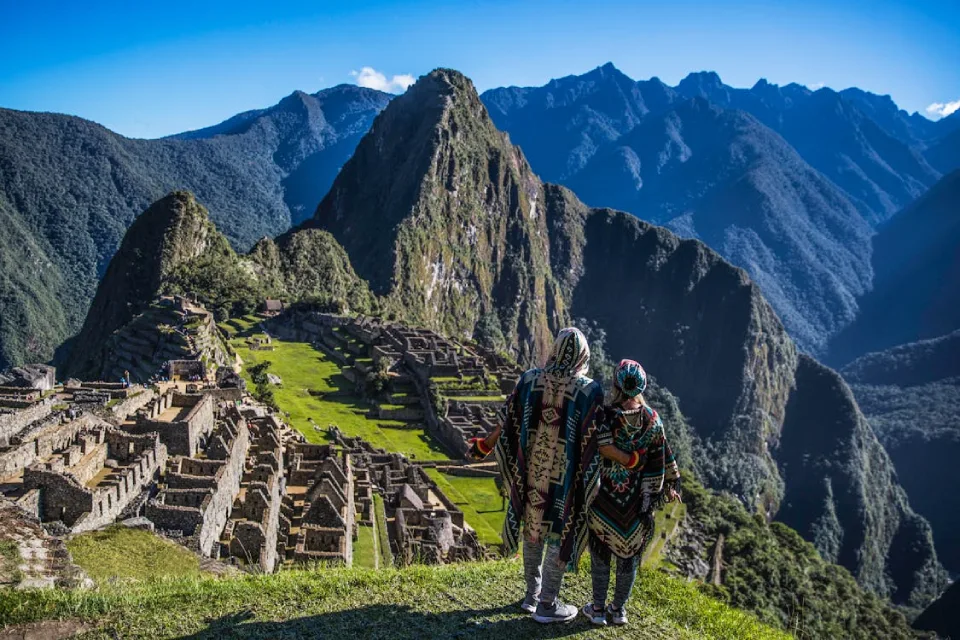


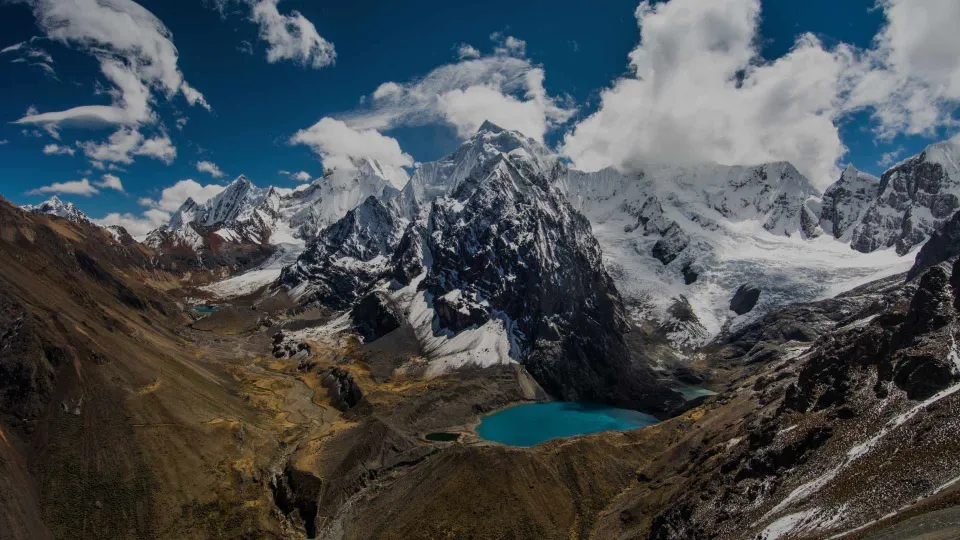







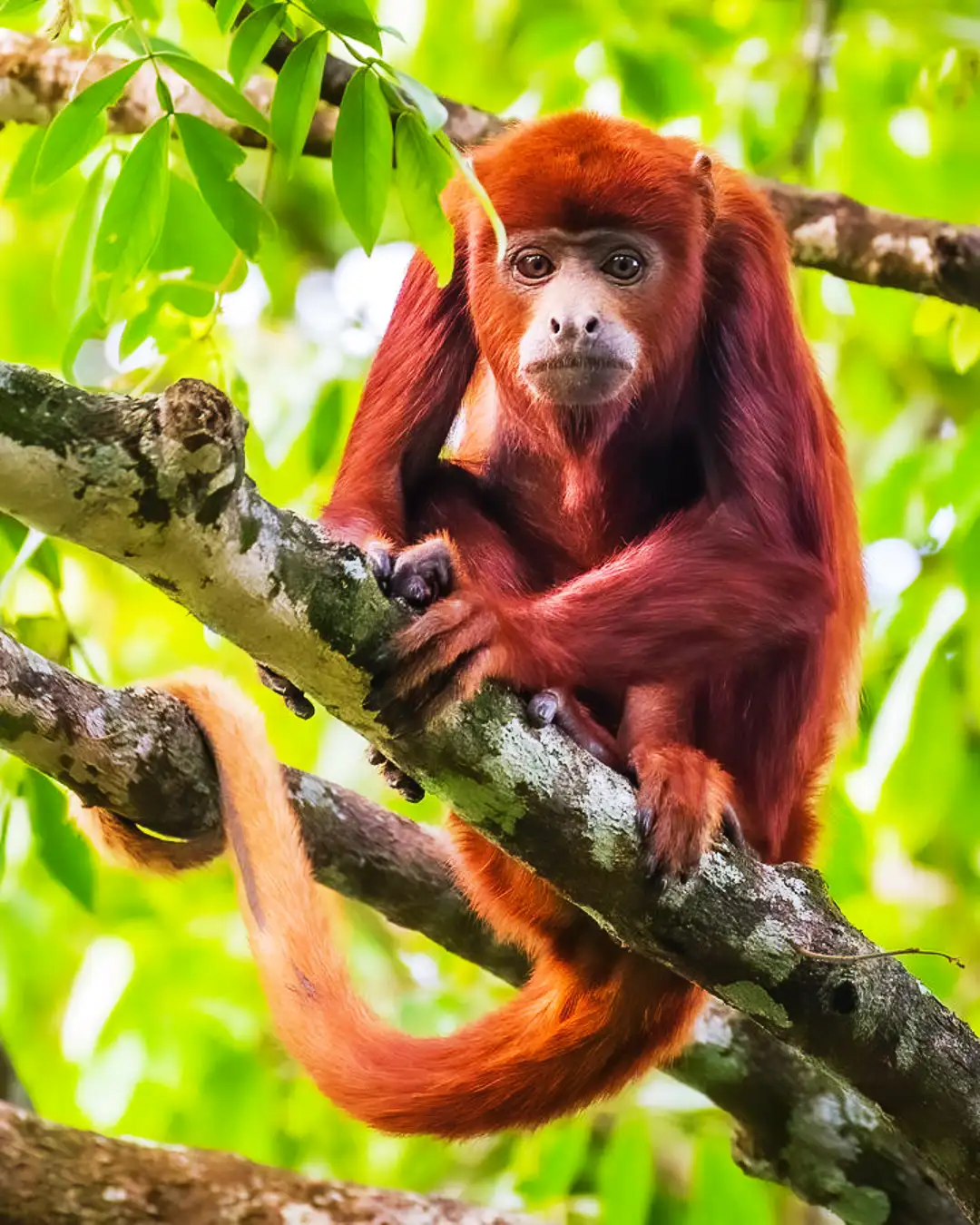


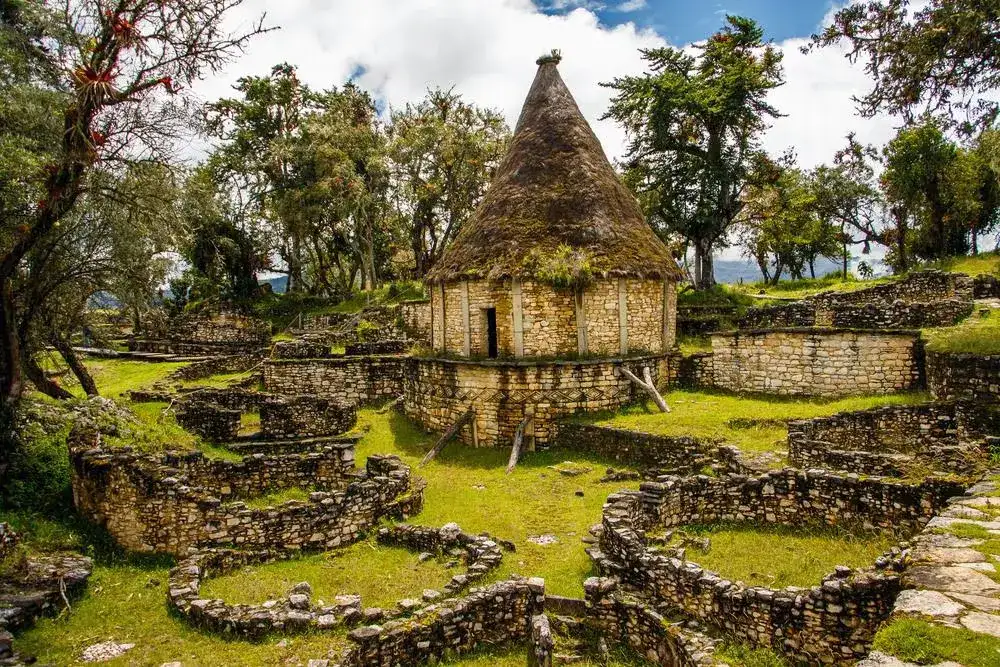



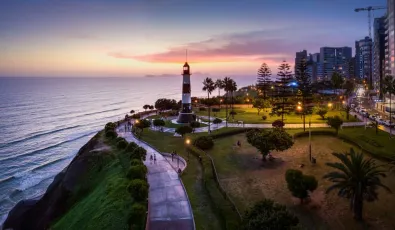



Add new comment